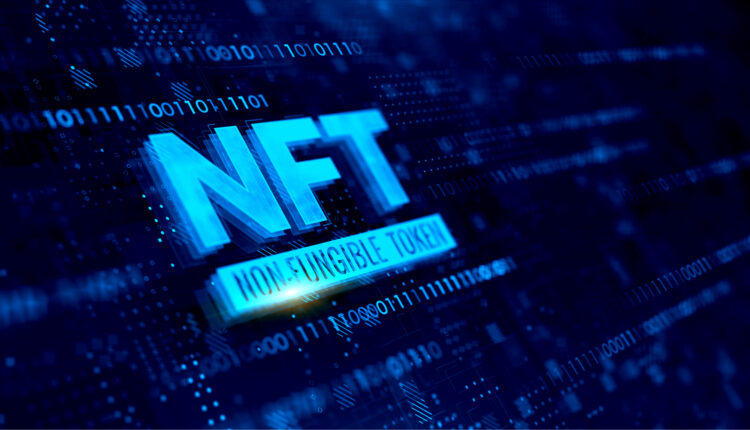
NFTs Explained in Plain Terms
If you are confused by non-fungible tokens, also known as NFTs, don’t fret. Most people are understandably confused about NFTs and why they are taking the investment community by storm. NFTs are digital pieces of art backed by and traded on the blockchain. The blockchain is the digital ledger that records all Bitcoin transactions.
The question is whether NFTs will have staying power beyond the next couple years. No one is quite sure whether NFTs will hold their value, increase in value or become worthless across posterity. Let’s take a quick look at why NFTs have soared in popularity and why they are likely to retain their value or even increase in value.
Why are NFTs so Popular?
Investors and those who appreciate art are flocking to NFTs for good reason. Purchase an NFT and no one will be able to copy it or re-sell it. You and only you will own the NFT. The unique qualities of NFTs along with their artful aspects are what make them so popular. It is quite possible the expansion of Facebook’s metaverse will increase the value of NFTs all the more as it will provide a digital, virtual reality-like platform that facilitates the buying, selling and trading of NFTs as well as other digital stores of value.
Why Can’t NFTs be Copied or Stolen?
NFTs are likely to retain their value or appreciate in value simply because only one of each unique piece of artwork exists. There is only one owner of each NFT. The NFT owner is empowered to sell or trade the piece of digital art as desired. Each of these idiosyncratic value stores is tracked through the blockchain digital ledger that cannot be compromised by even the most advanced hackers. NFTs retain their value similar to tangible pieces of art such as paintings as only one person or party is legally permitted to own the item.
The word “fungible” is important in NFTs as it means replaceable. NFTs are non-fungible, meaning they cannot be replaced or switched out due to the fact that they are distinct in terms of design and aesthetic nuance.
The original copy of an NFT is identified with the use of a digital file. In other words, any digital artist can create unique digital NFTs and sell or trade them as desired. The challenge lies in creating truly artful NFTs with endearing qualities that motivate prospective buyers to make a bid for ownership.
The Role of Cryptocurrency in NFTs
NFTs are bought and sold with digital currencies. In fact, NFTs are a component of the overarching Ethereum blockchain. Ethereum is sometimes referred to as ETH for short. The blockchain ledger verifies the identity of each NFT including the identity of its owner. Additional blockchains aside from Ethereum, including Bitcoin Cash and FLOW are now supporting NFTs. The NFT identifies ownership, regardless of whether the NFT’s file form is a GIF, MP3, JPG or other format.
The amount of cryptocurrency paid for an NFT put up for sale or auction hinges on the demand for that unique piece of digital art. If there is significant demand for an NFT, it has the potential to sell for millions of dollars.
Buying NFTs is Easier Than Most Assume
If you are interested in buying NFTs, you’ll have no shortage of platforms to choose from. OpenSea is one of the most popular platforms for buying, selling and trading NFTs. Foundation, Nifty Gateway, SuperRare and BakerySwap are additional examples of platforms for buying and selling NFTs. Purchase cryptocurrency such as Ethereum, open a digital wallet, add your crypto to that wallet, link the wallet to the platform and you’ll be able to buy NFTs. You can buy NFTs at the list price advertised by the seller or participate in NFT auctions in which the highest bid wins the NFT.



